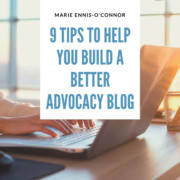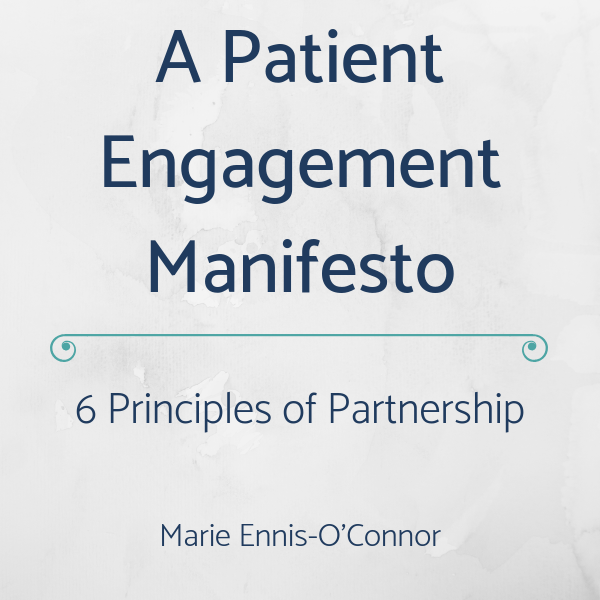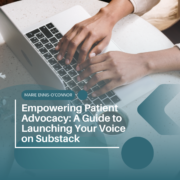9 Tips to Help You Build a Better Advocacy Blog
Do you blog about your illness?
Many patients find blogging about their condition is not only therapeutic, but is also a great way to connect with others going through similar experiences.
A blog can also be a powerful advocacy tool – a way to raise awareness, build community and show commitment and passion for the work you do.
This month, I’d like to share 9 ways to help you build a better blog. If you’re new to blogging, these tips will help steer you in the right direction. If you’re a seasoned blogger, why not use this as an opportunity to take stock to see if you’re still on track to make an impact with your blog.
1.Perfect Your About Page
For new visitors to your blog, this will be one of the first pages they will visit, so it’s worth taking time to make it as professional as possible. Use this space to share the story of why you do what you do to advocate for disease awareness and educate and support your community.
2. Check Your Blog’s Load Speed
Does your blog load quickly? A good site will load in 2 seconds. If your blog is taking longer than that, consider that around 40% of people will leave a site if it doesn’t load in 3 seconds. You can check your blog’s loading speed with a tool like GTMetrix.com.
Insider Tip: If you like to add lots of images to your blog, be aware that large images can slow your blog down. Resizing your images can speed up the loading time. Upload your image to Picresize.com for quick and easy resizing.
3. Declutter Your Sidebar
Does your blog have a sidebar? Has it become crowded with widgets? Then it’s time to declutter Marie Kondo style. Get rid of anything that doesn’t add something valuable to the reader’s experience.
4. Showcase Popular Content
One thing that you should keep on your sidebar is a list of your most popular content. Use this space to showcase your best writing. And be sure to put hyperlinks in each of your posts that direct people to other popular posts on the same topic.
5. Make It Easy For Readers to Find Information on Your Site
Providing helpful information is great, but you also need to be sure that readers can find that information. By adding categories and tags to your posts, you make it easy for readers to find the information they need when they come to your blog. It also increases views on your other posts tagged with the same keywords.
6. Create An Email Sign-Up Form
Encourage readers to sign up to receive your latest posts. Nancy Stordahl, who blogs at NancysPoint.com, advises “anyone who wants to increase readership to her/his blog to consider sending out a monthly or weekly email with links to new posts and possibly one or two older ones. “I became very frustrated with Facebook’s algorithms because it seemed no one was seeing posts I shared. Having your own email list puts you and your readers in control.”
7. Add Social Sharing Buttons
By making it easy for visitors to your blog to share your content, you increase the likelihood that they will take this action. When more people share your content, you increase the chance of driving more visitors to your blog, and having your content seen by more people.
8. Choose Typography Carefully
Typography is made up of elements such as font type and size, kerning (white space between individual characters or letters), and tracking and spacing. It’s an important factor in making your content more readable for visitors to your site.
9. Backup Your Blog
Finally, you’ve put a lot of effort and time into your blog and you don’t want to risk losing all your great content. You never know when your blog might get hacked, and the best defense is scheduling regular backups using a plug-in like BackWPup.
Happy Blogging!

A Stanford Medicine X e-Patient scholar, Marie Ennis O’Connor is an internationally recognized keynote speaker, writer, and consultant on global trends in patient engagement, digital health and participatory medicine. Marie’s work is informed by her passion for embedding the patient voice at the heart of healthcare values. She writes about the experience of transitioning from breast cancer patient to advocate on her award-winning blog Journeying Beyond Breast Cancer.










